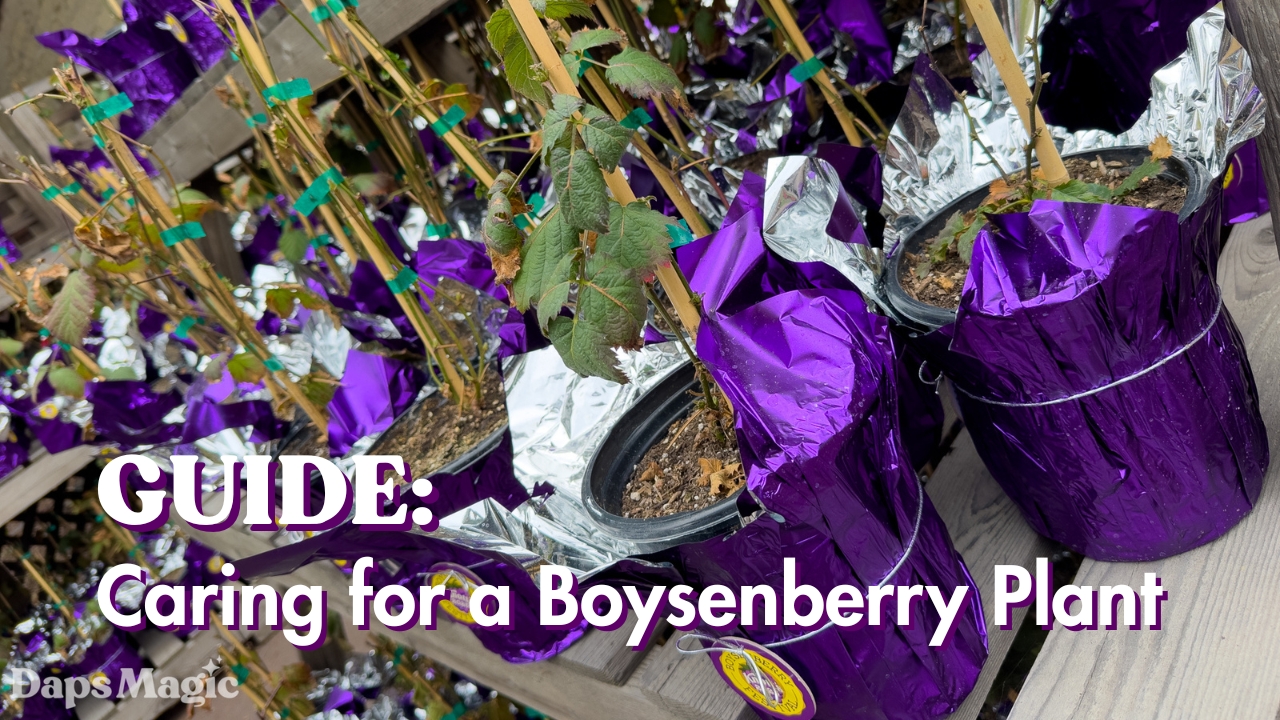Did you know that you can get a Boysenberry Plant at Knott’s Berry Farm during Knott’s Boysenberry Festival? These plants can be purchased, taken home, grown, and then harvested. Over time, this can lead to not just getting to eat a few Boysenberries but eventually making your own Boysenberry pies!
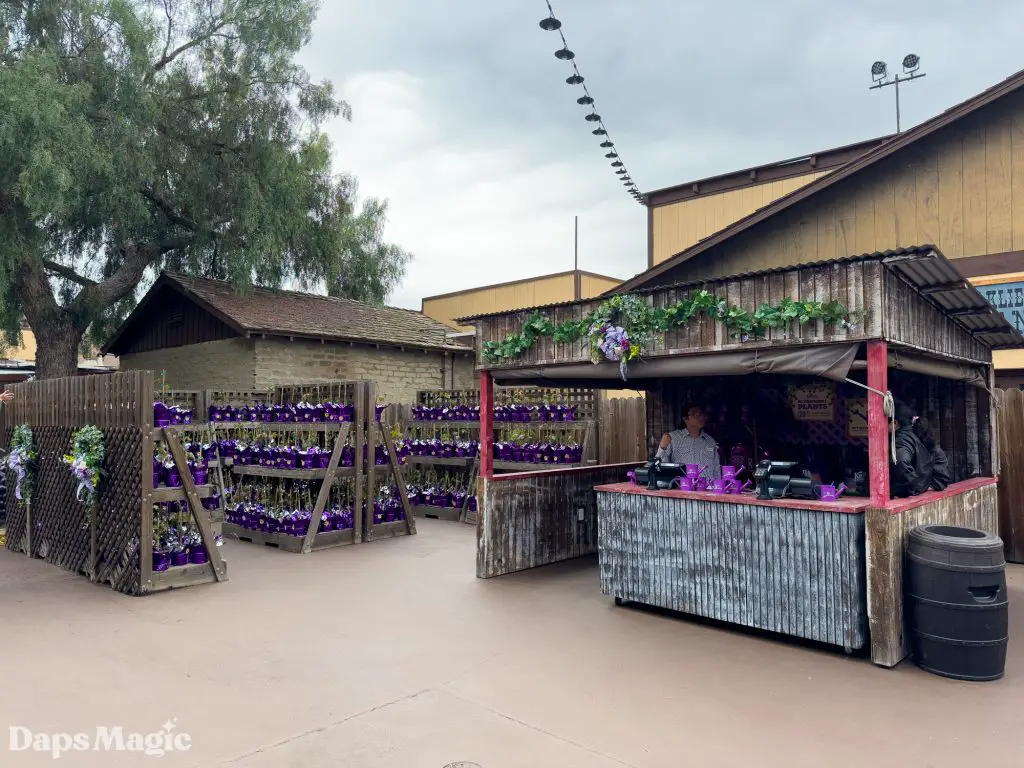
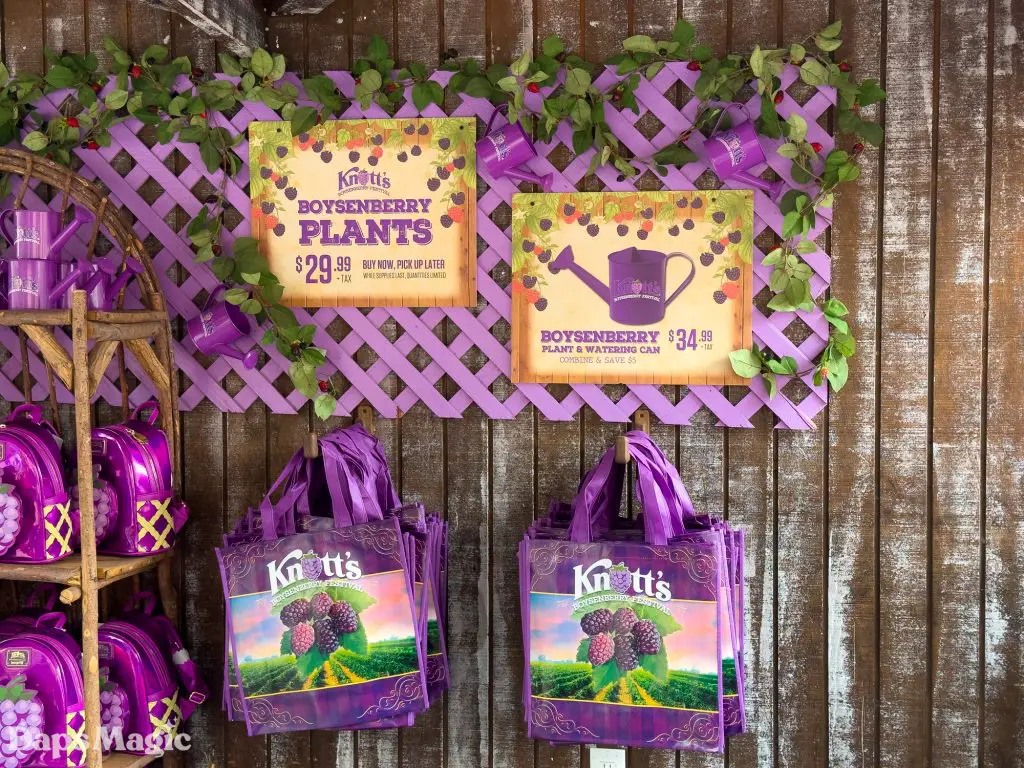
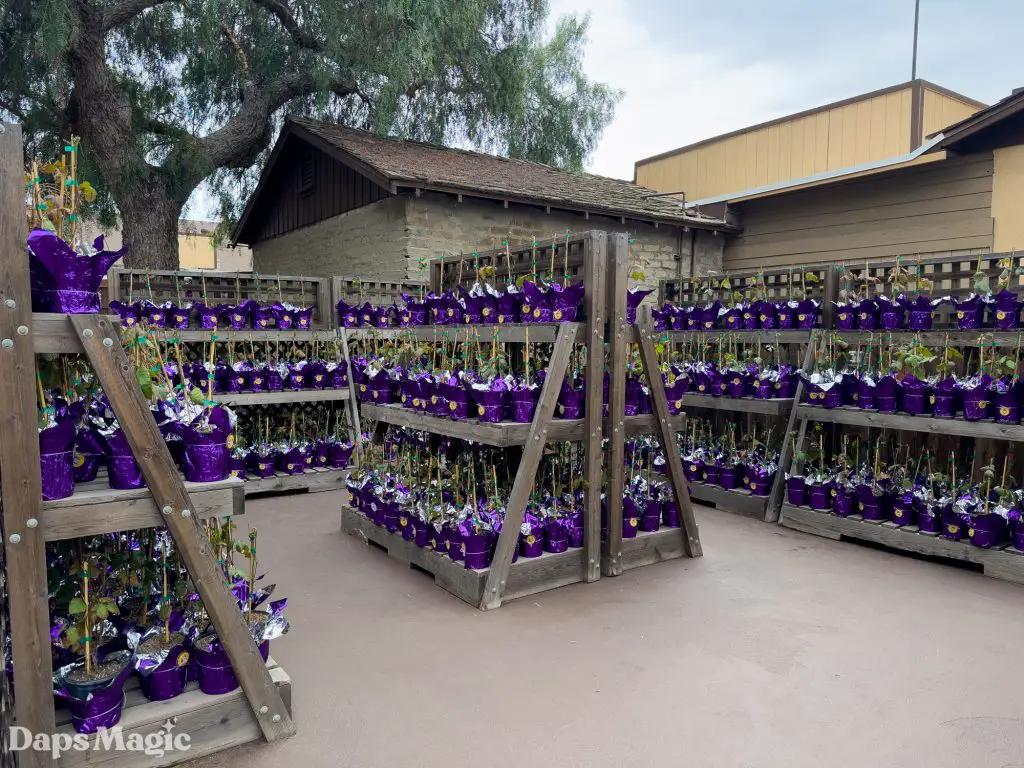
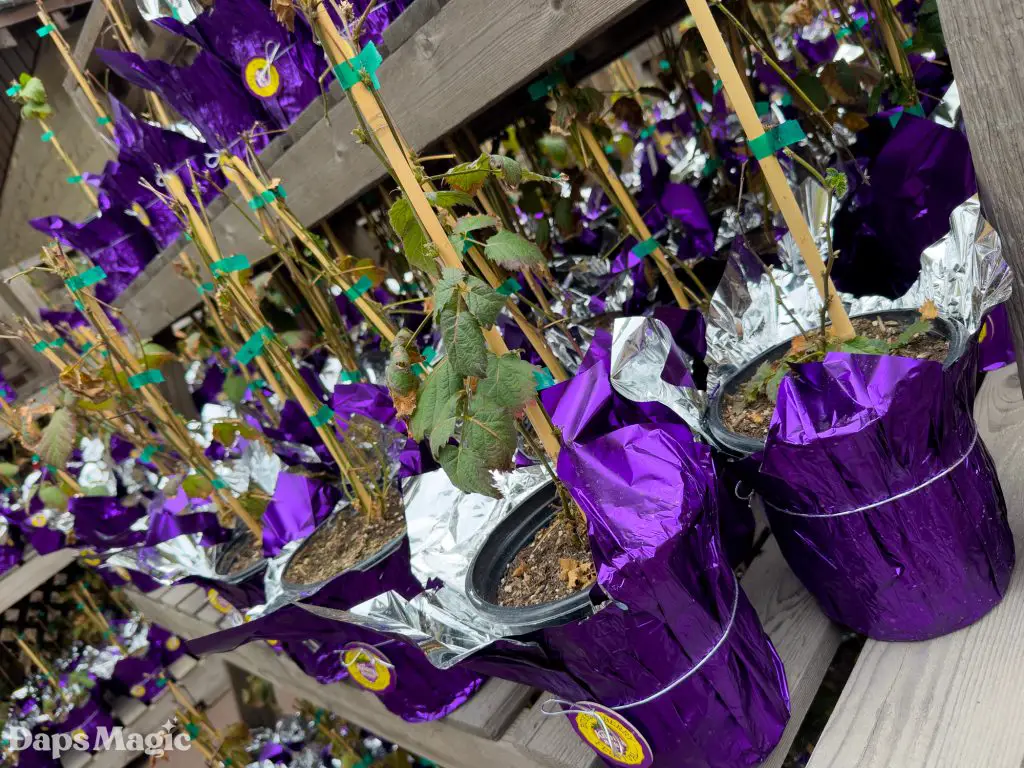
There are a few steps, however, from purchasing a Boysenberry plant and harvesting your own Boysenberries. Below is a look at how to care for and cultivate your Boysenberry plant so you can eventually be harvesting your own berries!
Planting the Boysenberry Plant
When to Plant
Spring is the best time to plant a Boysenberry plant. Boysenberries love a sunny spot to grow. Pick a place that is sunny or just partly shady.
Where to Plant
Pick a spot to plant that has sandy loam soil (or create one). You may notice that this is what Knott’s appears to use for its Boysenberry plants. The more organic material in this soil, the better. Compost and nutrients are your friend! This will also help with drainage. Also, the PH should be between 5.8 – 6.5. If it isn’t in this range, lime can be used to raise the PH value, and sulfur can lower it.
If the plant isn’t going in the ground, a flowerpot that is at least 18 inches wide and 12-14 inches deep can be used. The pot does need to have multiple drainage holes. It should also be filled with slightly acidic soil (as seen above). Simply plant the Boysenberry plant in the middle of the pot and make sure to add compost and nutrients to the soil.
Setting Up for Growth
Boysenberry plants like to grow up. A structure will be needed to support the boysenberry plant as it grows, either in the ground or in a pot. Being a vine plant, the plant will wrap itself around whatever it can. Plan ahead for this. A trellis from the local garden store (or just build one) is a great idea. Another idea is a couple of poles that have wires strung between them. Whatever structure is utilized, use plant ties to help keep the plant secure and to train it where it should grow. A
Watering and Care
Watering
Boysenberries are plants that like to grow in moist soil. They are not drought-tolerant plants, so always keep the soil moist and never let it dry out. Be sure that when watering that the water goes deep. That being said, don’t overwater or flood the plants either. It is also best to avoid getting the leaves wet. This can lead to rot and disease. The best time of day to water is in the morning, so any moisture that does get on the leaves can dry in the sunshine.
Fertilizing
After the boysenberry plant has been put in the ground, spread a layer of mulch or wood chips over the soil. This will help combat weeds and also help keep moisture in the soil. The plants can be fertilized with a 20-20-20 mix (nitrogen, phosphorus, potassium) in early spring and then every 4 weeks after that. Till the fertilizer into the ground and re-mulch the soil each time this is done. For plants that are in containers, water and fertilize more often, as there will be limited volume in the containers.
Growing the Planet
As the boysenberry plant grows and climbs, be sure to remember to use ties to secure the plant to the trellis or wire structure. As the plant grows, white flowers will bloom. Once they have been pollinated, these will grow boysenberries. The boysenberries will be ripe and ready to harvest when they are dark purple, plump, and shiny.
Harvesting and Pruning
Berries are generally harvested at the end of the summer. In the fall and winter, be sure to prune the plant. Use clean cutting tools (clean them by soaking them in one part water, one part alcohol) and cut the fruit-bearing vines down. Also, cut any long or weak vines back as well. As the plant grows, the fruit-bearing vines will become woody. This is a good thing and will lead to more production of fruit. The Boysenberry plant(s) will be dormant in the winter. Be ready to start the process all over again in the spring and prepare for more Boysenberries!
Have you raised a Boysenberry plant from Knott’s Berry Farm before? Have you visited Knott’s to experience the Knott’s Boysenberry Festival? What is your favorite Boysenberry offering at it? What would you do with Boysenberries that you grew yourself? Share your thoughts, opinions, and ideas in the comments below!

